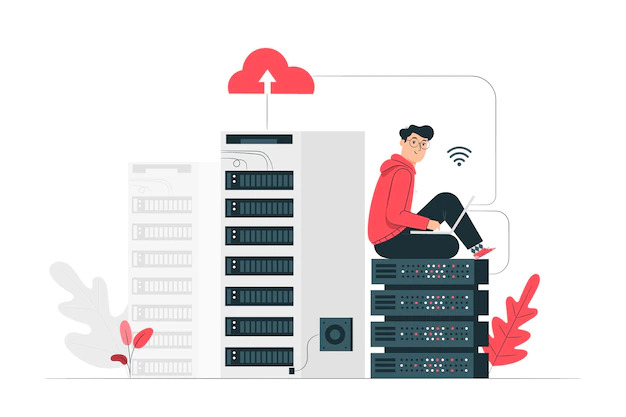The global cloud computing market is a rapidly growing one, valued at over 405.65 billion USD in 2021. According to predictions from Fortune Business Insights, professionals in the cloud computing industry are expected to enjoy its impressive compound annual growth rate (CAGR) of 19.9% and increasing demand across many regions.
To beginner developers and those who are looking into digitally transforming their businesses, the concept of cloud data platforms might be a bit difficult to grasp. But worry not – in this article, we’ll be tackling all you need to know about the basics of cloud data platforms.

Contents
- What is a cloud data platform?
- Why run your database on the cloud?
- How do I build a cloud database?
- More advanced information to keep in mind
- Conclusion
1. What is a cloud data platform?
A post on ‘What is a Data Platform?’ by MongoDB defines it as a set of technologies that can completely meet an organization’s end-to-end data needs. ‘End-to-end’ often refers to everything from the collection, storage, preparation, delivery, and safekeeping of data.
Cloud data platforms were essentially created as a solution to the problems that big data posted over 20 years ago.
Now, cloud data platforms and tools are the new norm, and have been developed to handle large data volumes at incredible speeds.
2. Why run your database on the cloud?
One of the major considerations for those who are looking into cloud platforms is how it differs from running databases on-premises.
An article by TechTarget explains that any IaaS or DBaaS is similar to running an on-premise database. Traditionally, organizations build data centers and servers with everything needed to manage data. Instead, major cloud platform providers can provide these services and tools to minimize the work needed for developers. Time and resources can then be spent on the development process itself.
3. How do I build a cloud database?
First, make sure to look into database management systems that are compatible with your OS. Most of the top providers can be installed on Windows and MacOS, but some are more suited for specific operating systems. There are also three different types of cloud databases to choose from: self-managed, autonomous, and automated cloud databases. We recommend doing your research to choose the best database category for the type of program or application you are creating.
Next, you will need to learn about the process of data normalization, which refers to the structured approach to organizing a database. This reduces the chances of data redundancy and ensures that the database is easy to navigate.
- Adding the primary key to a database table: Each database row is represented by a key that builds relationships within the database. An example of a key can be any arrangement of unique characters or any number chain.
- Creating smaller tables: Split your database into smaller tables along with primary keys.
- Configure relationships: Now that you have separate tables consisting of different information, you can start building relationships. For instance, a customer-focused table can be used as a parent table, and a pending orders table can be considered a child table.
- Relationship types: Relationships can be one-to-one, one-to-many, and many-to-many. Although this is quite self-explanatory, it might take a bit of trial and error to figure out what works best for the database you’re building.
4. More advanced information to keep in mind
Managed cloud database services that can handle aspects like the necessary hardware, automated backups, and storage capacity management.
Most providers are also written in popular languages such as JavaScript, Python, and Ruby, which makes them accessible even to beginners. Regardless of your experience as a developer, cloud database building is essentially the same at the core. Most of the work lies in understanding the structure of your cloud database, and keeping your records and attributes organized.
6. Conclusion
In the next decade, we will continue to see a rise in the usage of cloud data platforms and their impact on industries like retail, finance, manufacturing, healthcare, and even for government use. It’s a great time to learn about this technology and its many uses.
